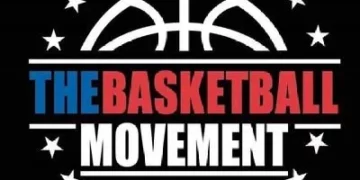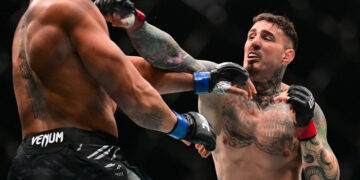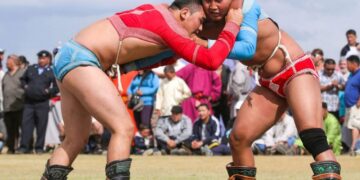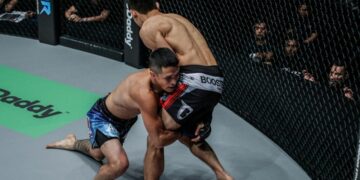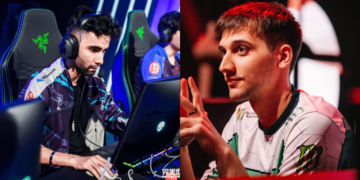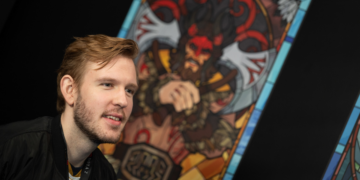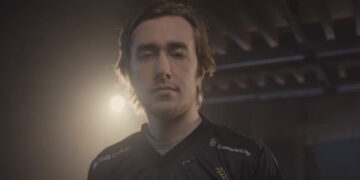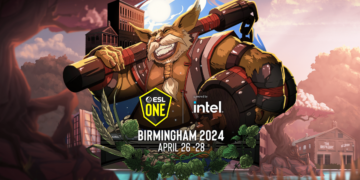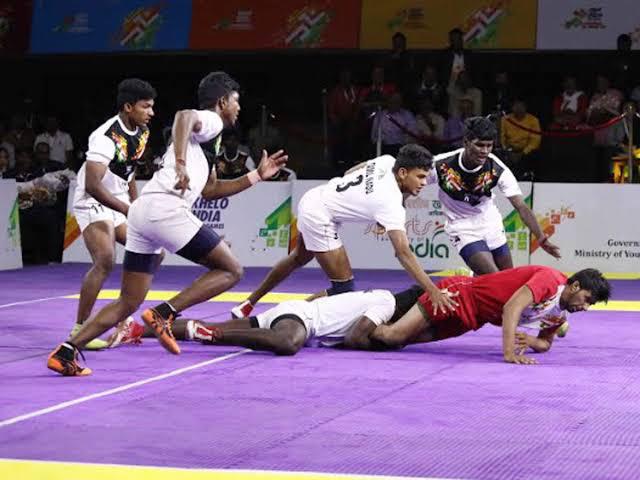Brazilian Jiu-Jitsu is known for its highly technical ground game, but the truth is every match begins standing. Whether it’s a competition setting, a self-defense scenario, or an MMA fight, learning how to bring your opponent to the ground effectively is just as important as knowing what to do once you’re there.
While many practitioners focus on lower-body takedowns like double legs or single legs, upper-body takedowns are often overlooked. These techniques offer a range of advantages, especially for athletes who prefer clinch control, minimal level changes, or a smoother transition into dominant positions. In this article, we explore why upper body takedowns can be incredibly useful in BJJ, as well as explore several options you can do from the position.
Takedowns In BJJ
In traditional sport BJJ, many athletes rely on guard pulling to bring the fight to the mat. While this approach works in some competitive settings, it leaves points on the table and puts you at risk of starting in an inferior position. Takedowns, on the other hand, allow you to begin on top, earn points, and maintain control.
Incorporating takedowns into your game also expands your ability to handle more realistic scenarios outside of the sport environment. In MMA or self-defense, pulling guard is usually not ideal. Knowing how to control and take someone down safely and effectively gives you more control over where and how the fight plays out.
Difference Between Upper Body And Lower Body Takedowns
Lower body takedowns involve attacking the legs, like single legs, double legs, ankle picks, or trips. These typically require a solid level change and strong forward pressure. They’re dynamic and fast, but they also expose your head and can lead to scrambles if your opponent counters well.
Upper body takedowns, on the other hand, rely on clinch positions, balance disruption, and timing. Instead of shooting in, you work from tie-ups like underhooks, overhooks, and body locks. These takedowns feel more natural for many BJJ practitioners because they closely resemble the kinds of grips and controls used in positional grappling.
Upper body takedowns are especially effective when you want to avoid level changes, keep things tight, or transition directly into side control, mount, or back takes.
Benefits Of Using Upper Body Takedowns
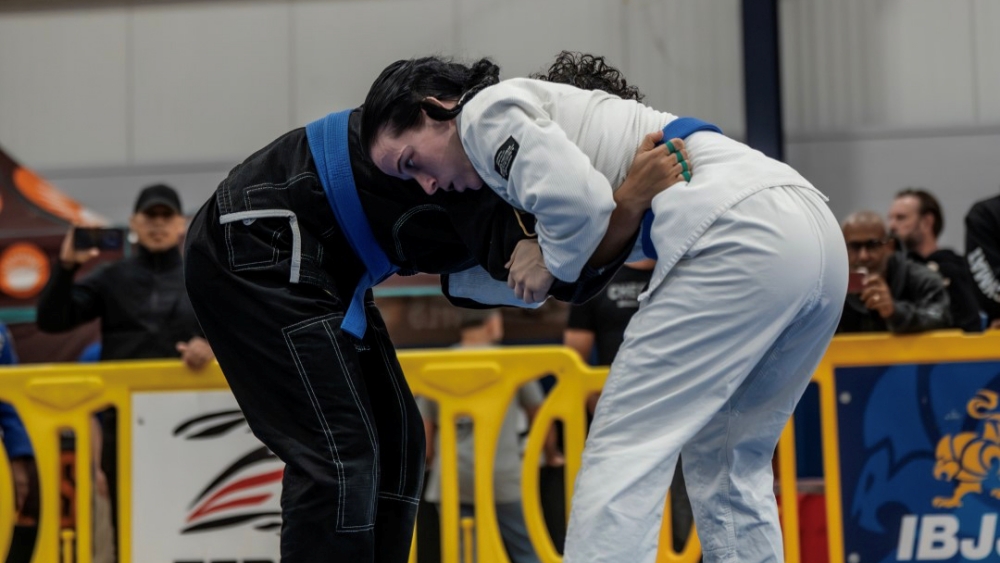
Upper body takedowns are joint friendly, work in both Gi and No Gi, and lead smoothly into dominant positions.
One of the main benefits of upper body takedowns is how well they integrate with the rest of your Jiu-Jitsu. These techniques usually lead straight into dominant positions without requiring a scramble or reset. Many also limit exposure to counters like guillotines or sprawl-and-spin defenses, which are common with lower-body shots.
Upper body takedowns are also easier on the joints. Fighters dealing with knee or back issues often find it safer to drill and apply, especially over long periods of training.
They’re also highly adaptable. In the Gi, you can rely on grips like collar and sleeve control. In No-Gi, you can use collar ties, underhooks, whizzers, and body locks to set up the same takedowns with only slight variations. Additionally, they suit a wide range of body types. Whether you’re tall and lanky or short and powerful, there’s likely an upper body takedown that fits your style.
5 Upper Body Takedowns You Can Add To Your Game
Let’s explore five effective upper body takedowns you can start drilling today. These techniques can be applied in both gi and No-Gi, and each one leads directly to strong positional control.
1) Front Headlock To Cowcatcher
This is a great option when your opponent reaches or shoots for a takedown and leaves their head exposed. From a front headlock position, use your outside arm to reach under their near arm while maintaining chin control. Step your outside leg around, turn your hips, and drive them over using a twisting motion. The cowcatcher is clean, fast, and often lands you in side control or a pinning position with strong upper body control.
2) Overhook Uchi Mata (Whizzer Kick)
This takedown is a variation of the Judo uchi mata and works great when you have an overhook on one side. Off-balance your opponent by pulling them forward and slightly to the overhook side. Step in and use your inner thigh to lift and trip their far leg while turning your hips. This move is especially effective when your opponent is applying forward pressure. It works beautifully in both Gi and No-Gi, and it’s hard to stop once the timing is right.
3) Back Bend Takedown (Body Lock Arch)
If you secure a body lock around your opponent’s waist, you can use the back bend takedown to bring them down with force and control. Pull their hips toward you while arching back and rotating slightly. This breaks their posture and forces them to fall backward. It’s important to maintain the lock as you follow them down so you can land in a dominant position. This technique feels very natural to grapplers who already use body locks on the ground.
4) O Goshi (Hip Throw)
O Goshi is a classic hip throw from judo that fits seamlessly into BJJ with just a few modifications. This throw works especially well in the gi, where you can secure a grip on the opponent’s belt or lower back while controlling their sleeve or collar. In No-Gi, you can adapt the grips by using an underhook and tight waist control. Step in close, turn your hips so your back makes contact with their stomach, and lift using your hips while pulling them over. O Goshi is an effective takedown when your opponent is standing tall or pushing into you, and it transitions cleanly into dominant top positions like side control or mount.
5) Arm Drag To Back Control To Mat Return
The arm drag is a classic setup that works in both standing and seated positions. From a collar tie or wrist control, pull your opponent’s arm across their body while stepping around to take the back. From there, you can secure a waist lock and perform a mat return by lifting and tripping them backward or dragging them down gently. This takedown is low-risk and extremely effective, giving you access to one of the most dominant positions in BJJ – back control.
Adding Stand-Up Rounds To Daily Training
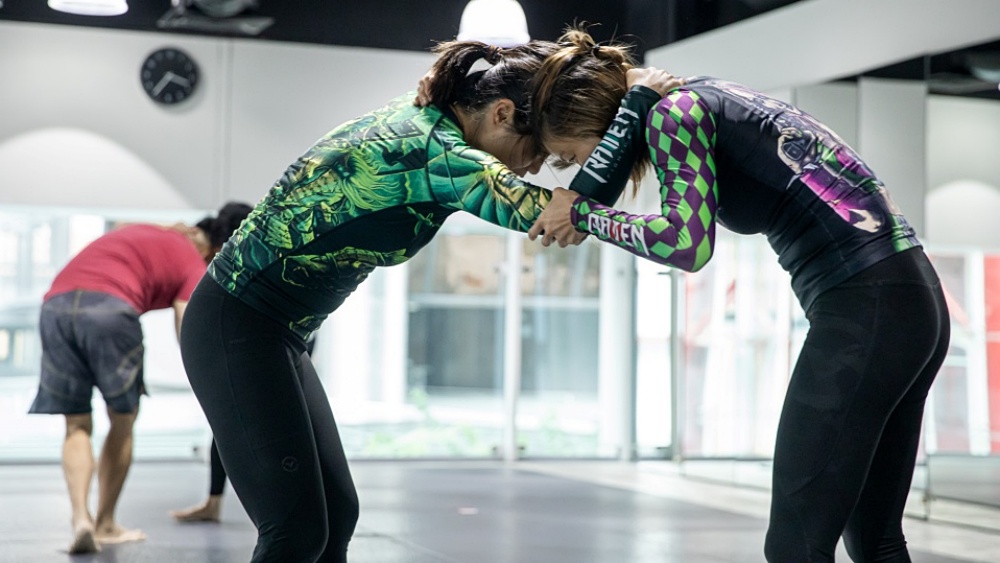
Having a strong stand up game brings valuable benefits to your BJJ, from better takedowns to improved control in transitions.
To get comfortable with these takedowns, you need to train them regularly. Many BJJ schools start rounds from the knees or seated positions, which limits your ability to practice standing techniques. Begin by adding five to ten minutes of stand-up work to your warm-ups or drills. You can also dedicate full rounds to clinch sparring or grip fighting to develop timing and awareness.
As you build comfort, start applying the takedowns during live sparring. Begin with controlled resistance and work your way up to more dynamic exchanges. Over time, these movements will become second nature.
Safety Considerations
Always prioritize safety when training takedowns. Use proper mats, communicate with your training partners, and drill with control, especially if you’re new to throwing techniques. Focus on good posture, balance, and clean mechanics instead of brute force. Takedowns can be hard on the body, so warm up thoroughly and avoid pushing through pain.
Conclusion
Takedowns are a crucial part of Brazilian Jiu-Jitsu that too often get overlooked. While pulling guard is a valuable strategy, having the ability to dictate the terms of engagement from the feet gives you more control and options. Upper body takedowns offer an efficient and low-risk way to bring the fight to the ground. We encourage you to add these to your daily training and let your takedown game grow over time.
You may also like:
Understanding The Different Types Of Body Lock Passes In Brazilian Jiu-Jitsu
In Brazilian Jiu-Jitsu, facing an unorthodox position like the inverted guard can be overwhelming, especially for newer practitioners or those more familiar with traditional passing sequences. The inverted guard flips the script, quite literally, and…
BJJ is known for its complex ground game, but every match begins on the feet. Whether you’re competing in the Gi or No-Gi, your ability to control and pass the guard sets the tone for…
Recently, many Brazilian Jiu-Jitsu grappling stars have made the move to showcase their talent on the ONE Championship global stage. One of the most exciting new acquisitions is Diogo Reis, joining the ranks of Marcelo…
Getting stuck in side control is something many Brazilian Jiu-Jitsu beginners have in common. The bridge and roll is often the first reversal BJJ students learn, followed by basic bottom guard sweeps like the scissor…
In the ever-evolving world of BJJ, there has been a noticeable shift in how practitioners approach the ground game. Many practitioners now emphasize their leg lock game, which is now considered a must-learn across all…
Fear is a natural part of competition, especially in combat sports like Brazilian Jiu-Jitsu (BJJ), Muay Thai, boxing, and mixed martial arts (MMA). Whether you’re a first-time white belt entering your local tournament or a…
In striking arts, size and reach are important tools, but they don’t guarantee success. When facing a smaller opponent, the challenge often lies in their speed, mobility, and ability to slip into range before you…
We’ve all been there before, that moment when life throws a spinning heel kick to your face that you didn’t see coming. It doesn’t take much to make that feeling even worse. Bills pile up,…
In a city as fast-paced and high-performing as Singapore, finding time to take care of your health can feel like a luxury. Between juggling demanding jobs, long commutes, and constant digital distractions, our urban lifestyle…
Kazakhstan is home to famous boxing and fighting icons like Gennadiy “GGG” Golovkin and Shavkat Rakhmonov. The country is known for its rich culture and heritage, producing some of the toughest and fiercest warriors on…
Many people think ripped muscles, lightning hand and leg speed, and perfect technique are the only things you need to develop knockout power in striking-based martial arts such as Muay Thai, Boxing, and Mixed Martial…
Every Muay Thai fighter will eventually face opponents who present unique challenges based on size, style, and temperament. Two particularly difficult matchups are the smaller opponent and the aggressive opponent. Each one requires a different…




